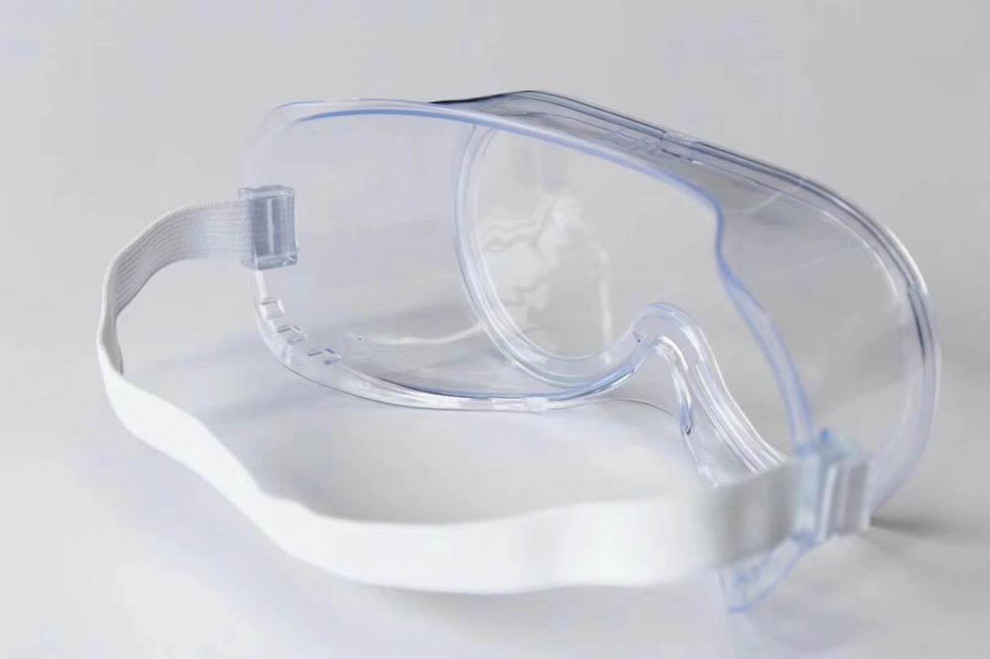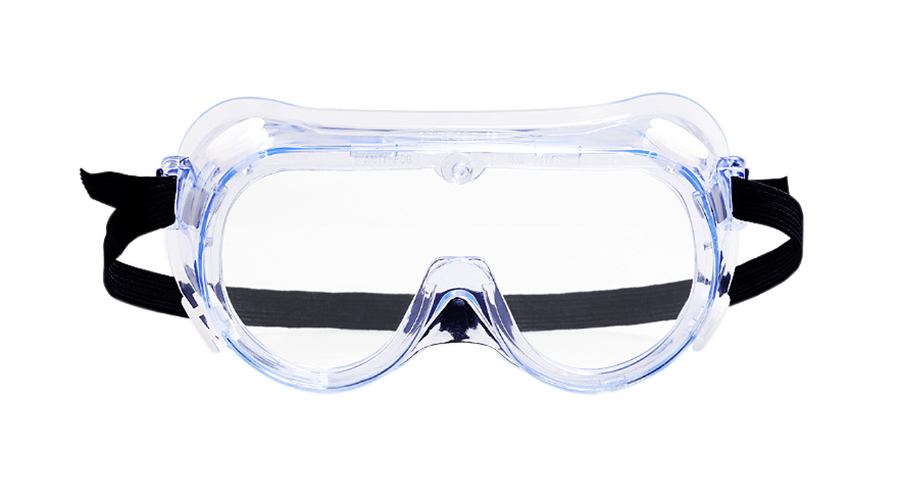At present, our province has entered the rainy season, during which time the weather is fickle and there are more rainy days. At this time, during the critical period of aquaculture production, as the temperature and water temperature continue to rise, the light conditions are poor, the photosynthesis ability is weak, and the input of breeding products and various sundries are spoilage and prone to fish diseases and hypoxia. Floating heads have a greater impact on aquaculture, and the majority of farmers need to strengthen aquaculture management.
First, scientific feeding
The amount of feeding should be based on the weather, water quality and fish feeding conditions. Oxygen conditions are poor, fish consumption is reduced, and less investment is appropriate. The weather is slightly better when the water quality is fresh, and more investment is appropriate. When the weather is hot, further reductions in feeding amount or proper stopping of food are needed. Feeding is mainly based on compound feed, supplemented by green fodder, requiring full nutrition and avoiding feeding of moldy bait. The number of feedings is also required to be a small number of times. Generally, the concentrate feeds are fed 3 times to 5 times a day, and the feeding is performed at a time when the dissolved oxygen is high, and an automatic feeding machine is used as far as possible.
Second, water quality regulation
1. Regularly add new water: Add fresh water once every 7 days to 10 days, add 15cm to 20cm of water. Water quality should be changed when water quality deteriorates. The color of the water should be grass green or dark brown with a transparency of 30 cm to 40 cm. Lime can also be used to regulate the water quality on a regular basis. Generally, every half month is splashed once per acre with 15 kg of lime and 20 kg of water.
2. Strengthen oxygenation measures: Intensive culture ponds should be equipped with special oxygen aerators to turn on oxygen at 2 to 3 pm on a sunny day. In addition, oxygen can be turned on at a suitable time when there is a risk of floating heads. Oxygen can also be used as an option. And other related drugs are oxygenated.
3, the use of microbial agents: timely removal of residual baits, dirt, to prevent water pollution. Microorganism preparations should be used in waters with more sediment, in order to improve the sediment quality, inhibit the growth of various anaerobic bacteria and viruses, and prevent the occurrence of fish diseases and hypoxia.
Third, comprehensive disease prevention
1. Strengthen prevention: In early days when the weather is fine, you can use insecticides to spill once to kill the parasites of water bodies and fish, and then use 2 days of disinfection to disinfect the parasites. And in the feed to add drugs to prevent the occurrence of diseases. At the same time pay attention to regular disease prevention, monthly use lime, copper sulfate and ferrous sulfate mixture, dibromohydantoin, chlorine dioxide and other drugs spilled.
2. Comprehensive treatment: The main diseases of fish during the rainy season are fulminant hemorrhage, red skin disease, gill disease, hepatobiliary syndrome, ringworm, and sporangiasis. Under normal circumstances, when a fish disease occurs, the insect should be killed first. At the same time, the water body was disinfected, and antibiotic baits were taken for prevention and treatment. After the disease is stable, the water in the pool is adjusted to be slightly alkaline to facilitate fish growth.
Fourth, daily management
1. Strengthen the patrol pond: Pay close attention to observe the fish's eating and eating behavior and activities. Especially in thunderstorms or hot weather, to avoid pan fish dead fish situation.
2. Control the density: It is necessary to do a good job of arresting and arresting large and small, and keep a balanced market, so as not to enter the Meiyu rainfish pond with too much fish and induce various diseases.
3. Manage input products: In the rainy season, inputs such as feed, fishery medicine, and fertilizers are prone to mildew. These inputs should be kept in a dry, ventilated place. Expired compound feeds or drugs should not be used.
4, other management work: do a good job in breeding log, improve the three records. We must also do a good job of preventing floods, preventing drought, preventing flight, and stealing, so as to ensure that every link is absolutely safe.
Product categories ofMedical Goggles, we are specialized manufacturers from China,Medical Goggle Safety Glasses, Transparent Medical Goggles suppliers/factory, wholesale high-quality products of Protective Medical Glasses R & D and manufacturing, we have the perfect after-sales service and technical support. Look forward to your cooperation!


Transparent Medical Goggles,Medical Goggle Safety Glasses,Protective Medical Glasses,Medical Safety Goggles
Changsha City Kangbojia Medical Supplies Co., Ltd. , https://www.kbjmedical.com